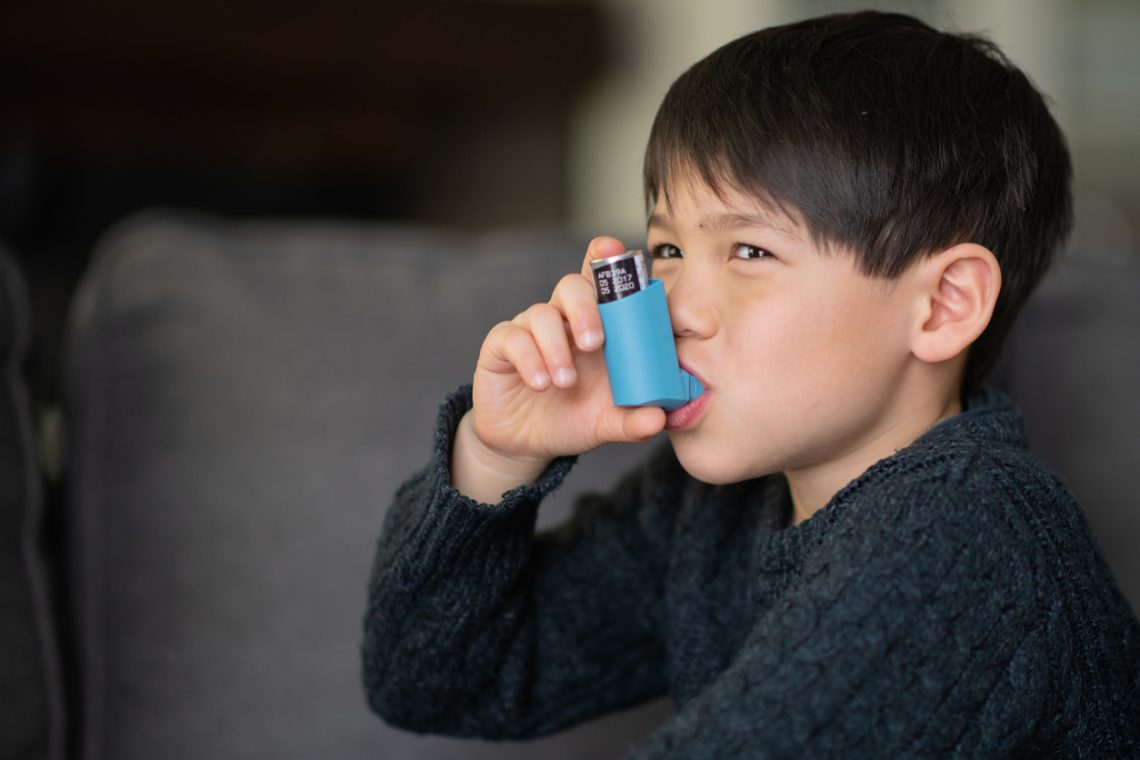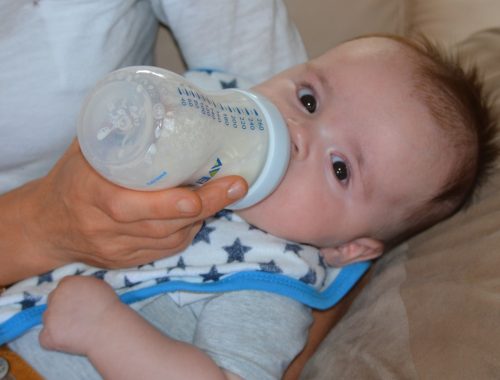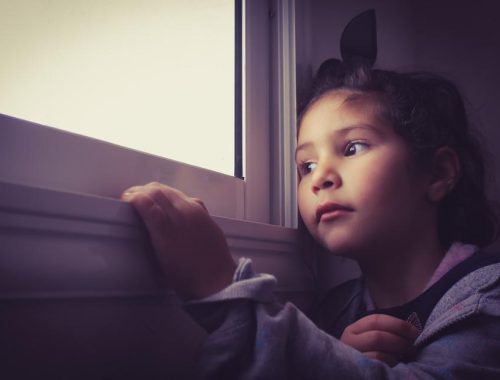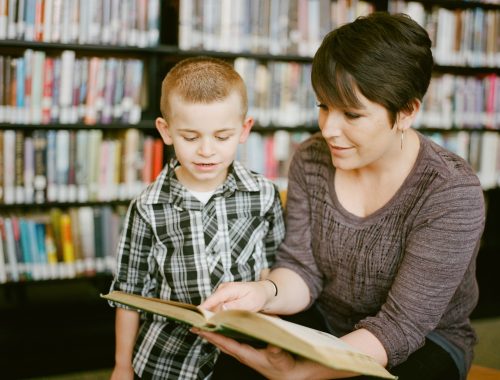
Asthma in Children: Signs, Symptoms & Treatment
Asthma, often described as a “silent epidemic,” poses significant challenges for children and their families. This chronic respiratory disease affects millions of children throughout the world. It is characterized by airway inflammation and constriction, resulting in symptoms such as wheezing, coughing, shortness of breath, and chest tightness. The impact of this chronic respiratory disease goes beyond the physical symptoms it presents. It can disrupt daily activities, limit participation in sports or outdoor play, and even lead to emergency hospital visits.
While asthma may be a difficult illness to manage, particularly in children, there are a variety of methods and therapies available to help children with asthma live healthy and active lives.
A Guide to Asthma in Children
 Proper teaching and awareness of the problem is one of the most important parts of controlling asthma in children. Parents, caregivers, and even the kid should understand what asthma is, how it affects the body, and what factors might exacerbate symptoms. Both parents and children may be empowered by education to take charge of their asthma and make educated decisions about their treatment and lifestyle choices.
Proper teaching and awareness of the problem is one of the most important parts of controlling asthma in children. Parents, caregivers, and even the kid should understand what asthma is, how it affects the body, and what factors might exacerbate symptoms. Both parents and children may be empowered by education to take charge of their asthma and make educated decisions about their treatment and lifestyle choices.
Identifying and avoiding triggers is a critical step in the treatment of pediatric asthma. Allergens such as pollen, dust mites, cat dander, and certain foods are common triggers. Tobacco smoking, air pollution, and chilly air can further worsen symptoms. Parents can help minimize the frequency and severity of asthma episodes by providing an asthma-friendly atmosphere and taking the appropriate measures.
Another critical part of asthma therapy in children is proper drug control. To manage inflammation and limit the risk of asthma episodes, most children with asthma require daily preventative medicine. To offer rapid relief during an asthma attack, quick relief or rescue drugs are also provided. Parents must collaborate closely with healthcare experts to build an asthma action plan that is tailored to their child’s individual requirements. This plan describes the daily drug regimen, avoidable triggers, and procedures to follow in the event of an asthma emergency.
Regular physical exercise, in addition to medicine, can considerably assist children with asthma. Exercise is typically harmless and even advised for children with asthma, contrary to popular assumption. Physical activity improves lung function, respiratory muscle strength, and general fitness. To prevent exercise-induced symptoms, it is critical that children with asthma engage in activities appropriate for their condition and take their prescription medicine as advised.
 For families living with pediatric asthma, it is critical to establish a supportive network and open channels of communication. Parents should tell school personnel, instructors, and coaches about their child’s asthma condition and offer any required instructions for asthma management at school or during physical activities. This teamwork ensures that the kid receives adequate care and assistance in a variety of contexts, therefore improving their overall well-being.
For families living with pediatric asthma, it is critical to establish a supportive network and open channels of communication. Parents should tell school personnel, instructors, and coaches about their child’s asthma condition and offer any required instructions for asthma management at school or during physical activities. This teamwork ensures that the kid receives adequate care and assistance in a variety of contexts, therefore improving their overall well-being.
Monitoring and regular follow-ups are required to evaluate the efficacy of asthma control regimens. Regular visits to healthcare specialists enable medication adjustments, lung function evaluations, and identification of any changes in the child’s condition. This continuous monitoring allows parents to remain up to date on their child’s progress and make any required changes to their asthma control strategy.
It is also crucial to recognize that each child’s asthma experience is unique, and there is no one-size-fits-all strategy to asthma management. What works for one youngster might not work for the next. As a result, it is critical for parents to collaborate closely with healthcare providers in order to design a tailored asthma treatment strategy that suits their child’s particular needs.
So, to sum up, with the correct methods and support, asthma in children is a treatable illness. Parents may assist their children in enjoying active and meaningful lives despite having asthma by giving correct knowledge, avoiding triggers, managing medications, supporting physical exercise, fostering open communication, and evaluating progress. Children with asthma can grow and reach their full potential with good care and continued assistance.
You May Also Like

What Is a Breast Milk Relay?
2023-03-13
Powerful Biblical Scriptures to Help Your Kids Fight Anxiety
2022-05-05

